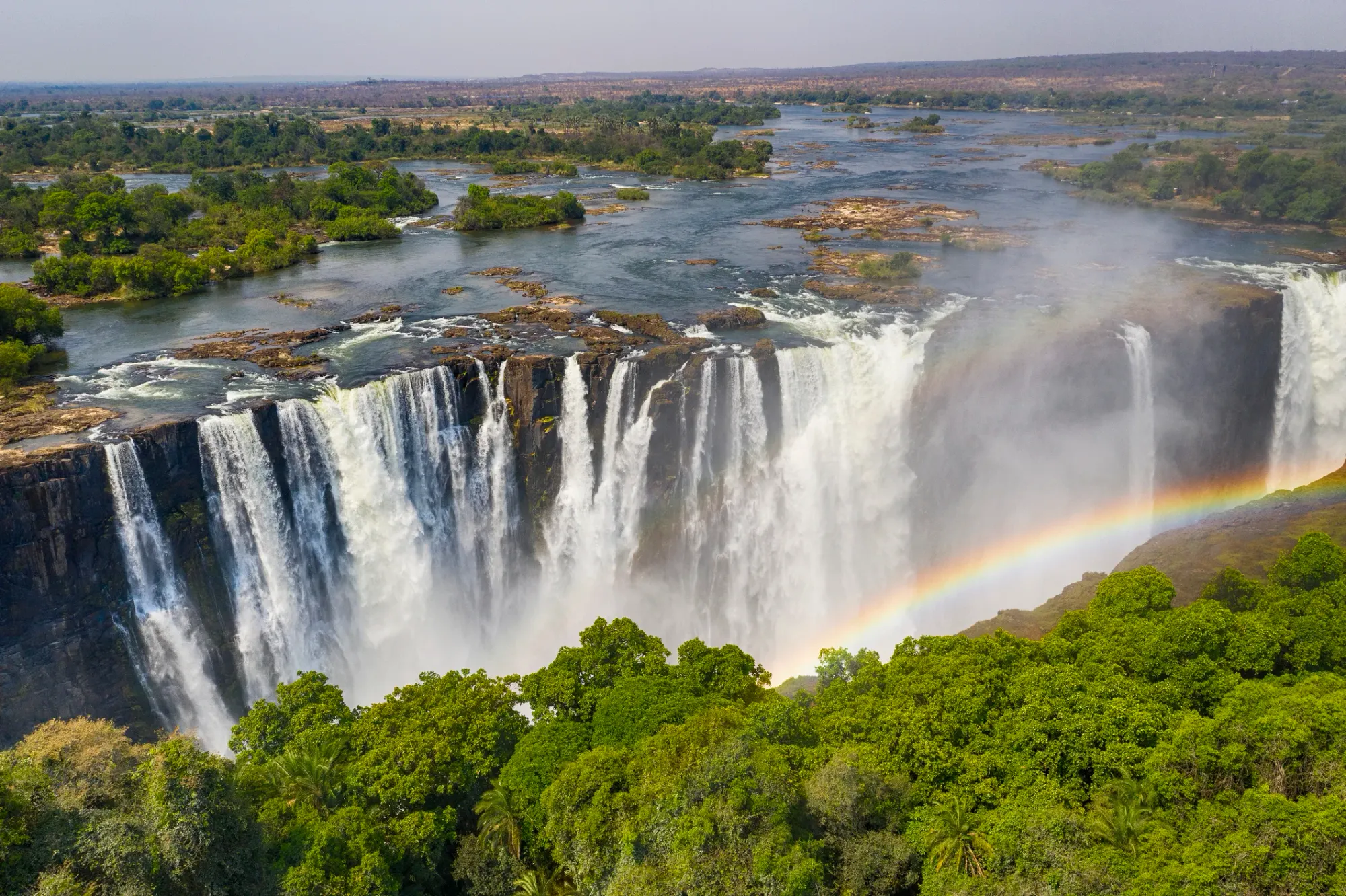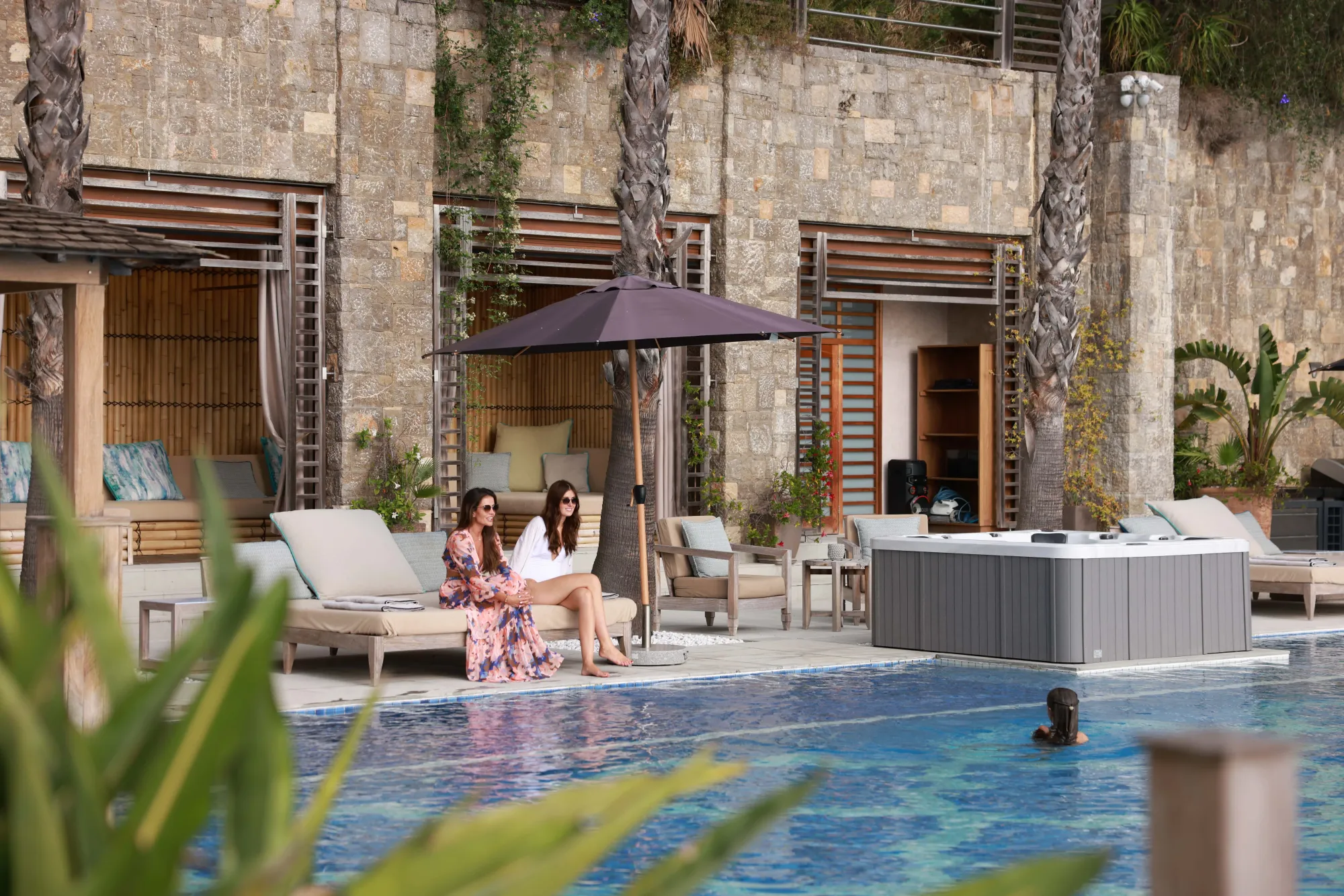Day 1: Arrival in Windhoek
Your journey begins as soon as you land in Windhoek, Namibia's bustling capital. After collecting your rental car, take time to familiarize yourself with the road as you make your way to your accommodation, Frans Indongo Lodge. Here, you can relax and enjoy a tasty dinner prepared on site.
Windhoek offers a fascinating introduction to Namibian culture. With its Germanic influences visible in the architecture, this city is a vibrant blend of tradition and modernity. To make the most of your stay, be sure to visit some of the local sites before heading off to wilder horizons.
Day 2: Head for Sesriem and Sossusvlei
The next stage of your journey takes you to the gateway of one of Namibia's most emblematic natural wonders: the Namib-Naukluft National Park. Here, the red dunes of Sossusvlei offer a breathtaking spectacle, especially in the golden light of sunrise and sunset.
Despite the arid conditions, the region is home to a diverse range of wildlife. Oryx, springboks and ostriches roam the sandy plains, adding an extra dimension to this serene landscape. Be sure to visit Dead Vlei with its frozen, black trees against a backdrop of white sand, creating incomparable photographic scenes.
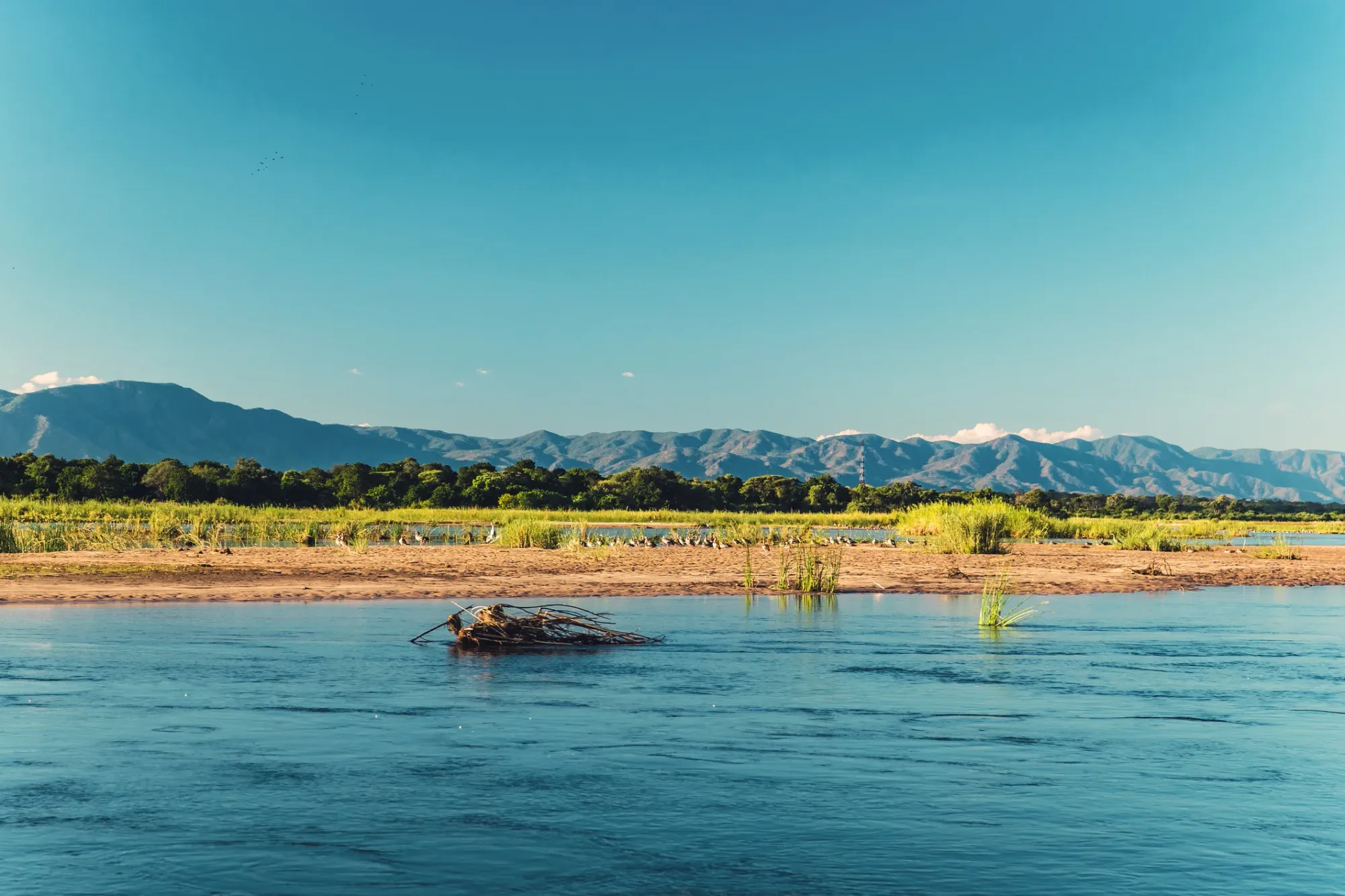
Day 3: Exploring Swakopmund
Continue your adventure to Swakopmund, a charming coastal town known for its German colonial architecture and seaside atmosphere. Enjoy local culinary specialties in one of the town's many fine restaurants.
Swakopmund is also an ideal base for intense activities such as paragliding, dune-boarding or kayaking excursions to meet the sea lions of Cape Cross. This urban stopover after so much natural scenery will provide a welcome contrast in your exploration of Namibia.
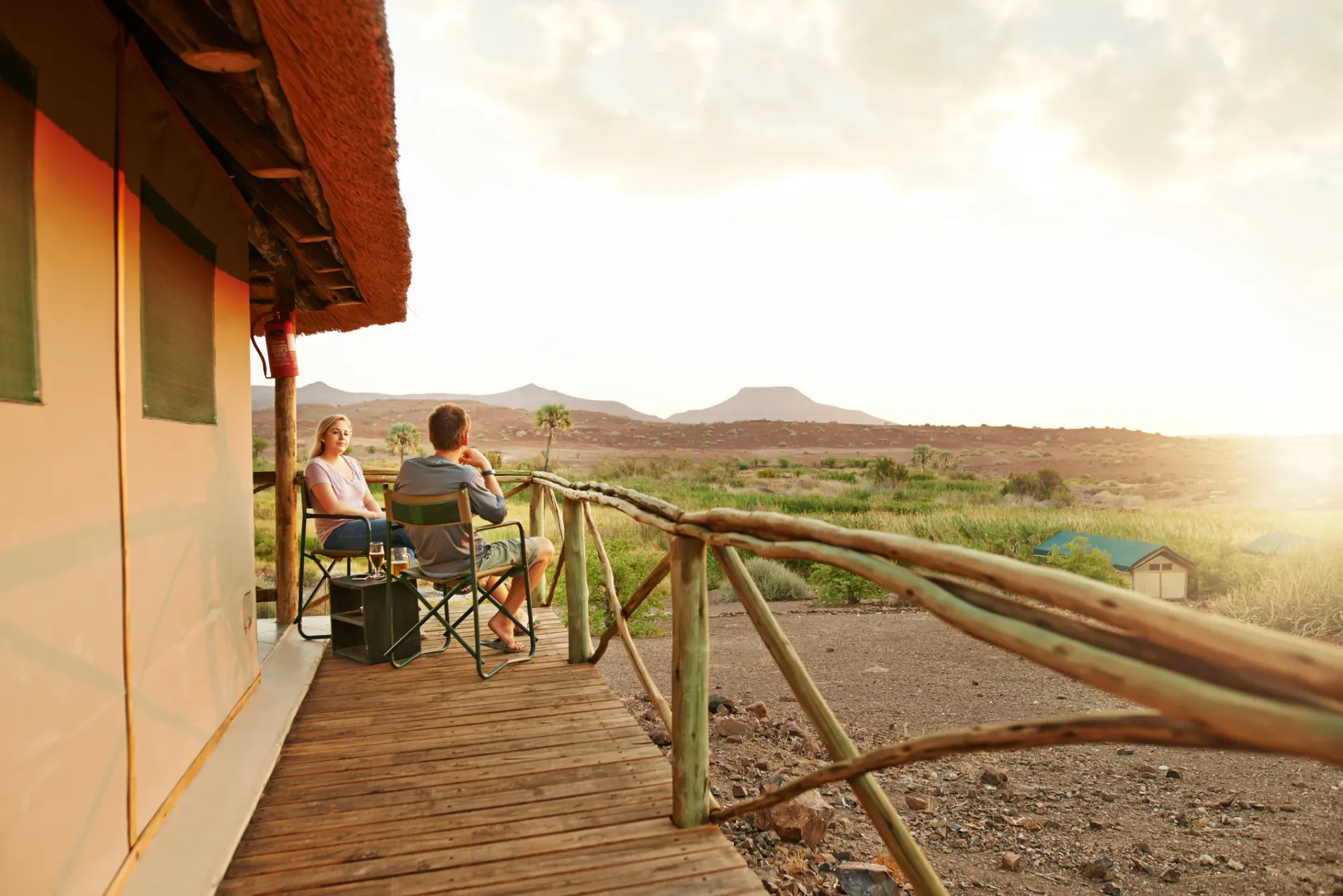
Looking for a place to stay?
Discover Namibia in 12 days with an unforgettable safari. Embark on a unique adventure through wild landscapes and diverse wildlife.
Day 4: Discovering Damaraland
Today, head for the rocky landscapes of Damaraland. Known for its ancient geological formations and prehistoric rock frescoes, this region is a melting pot of art and history. Twyfelfontein, famous for its rock engravings, is a must on this tour.
Wildlife enthusiasts can look out for desert-adapted elephants, black rhinos and giraffes moving majestically across the rocky plains. It's a total immersion in a world where time seems to stand still.
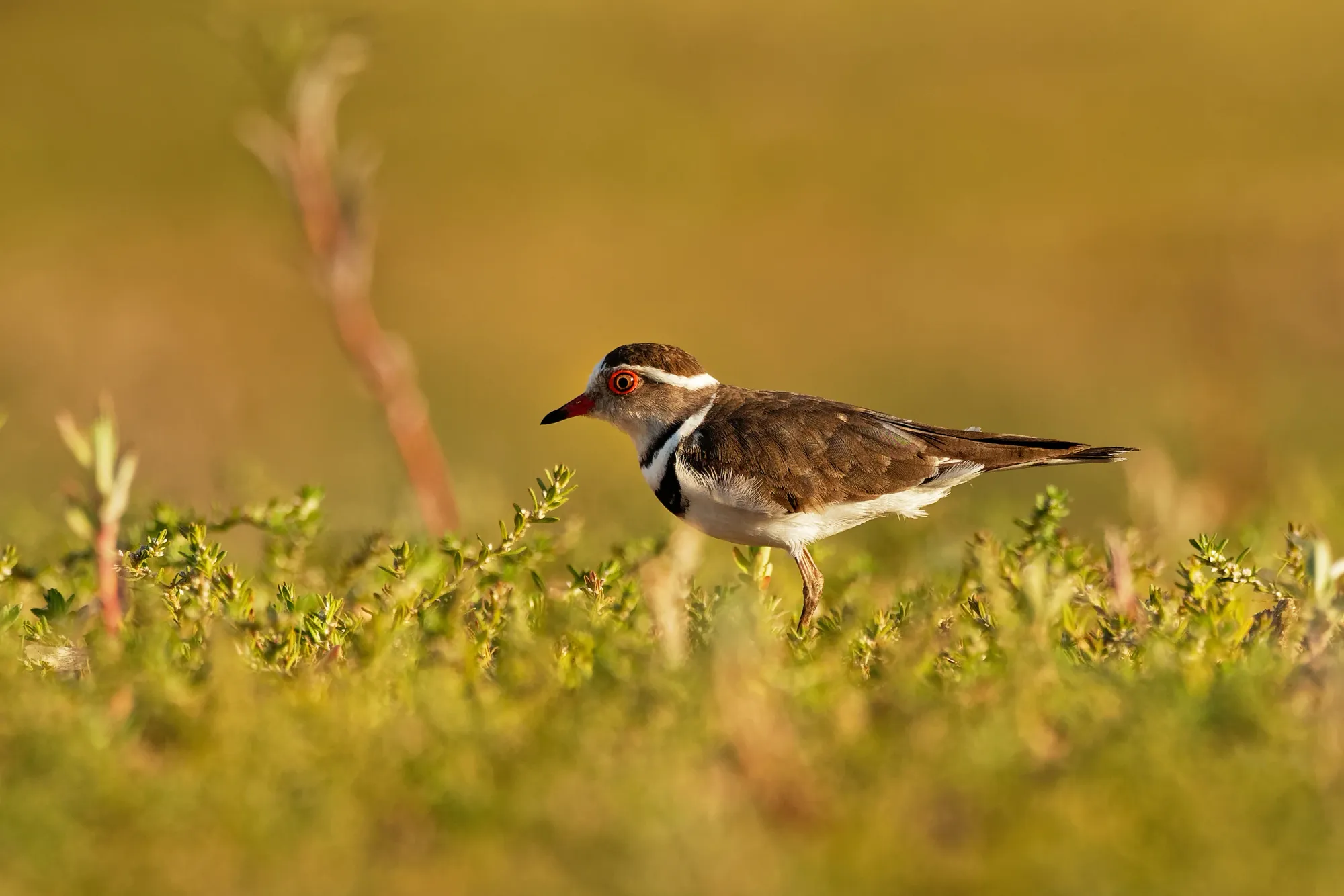
Days 5-6: Etosha National Park
Etosha National Park is one of the highlights of any Namibian safari. En route to this spectacular reserve, prepare yourself for an unrivalled wildlife-watching experience. The park is home to four of the Big Five, as well as a myriad of other captivating animals such as cheetahs and hyenas.
Set off early in the morning or late in the afternoon to maximize your animal encounters at the waterholes, where you can often see different species drinking side by side. Make every moment spent in this natural sanctuary an opportunity to capture unique moments with your camera.
Day 7: Stopover in Rundu
After the intensity of the safari, continue your journey to Rundu, the verdant gateway to the Caprivi Strip. Situated on the banks of the Okavango River, this stop-off offers a relaxing waterside break.
It's also a place of rich cultural immersion, where you can discover local customs in the surrounding villages. Don't miss a trip in a mokoro, the traditional dugout canoe, to observe river life at close quarters.
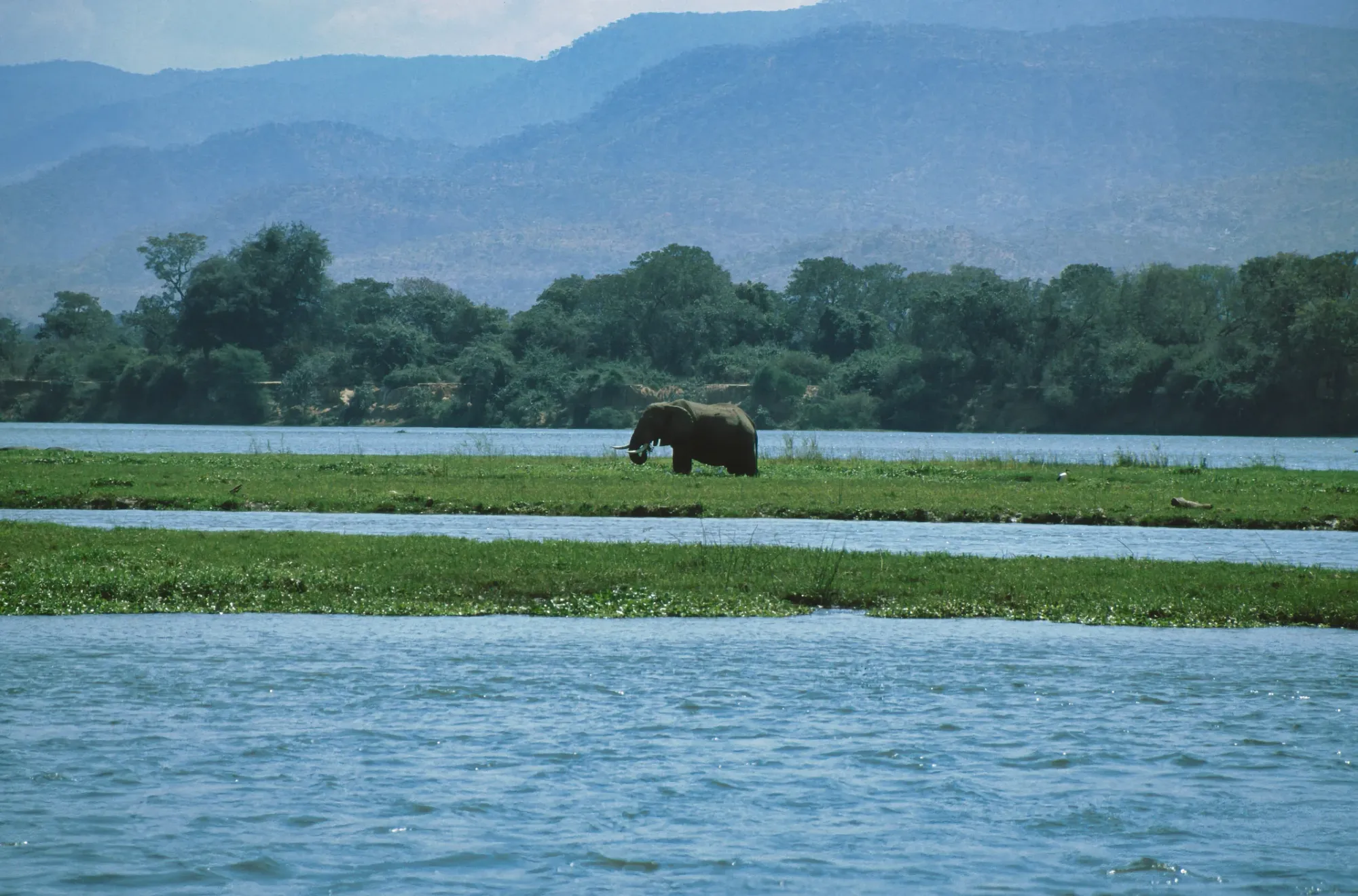
Day 8: Stopover in Divundu and access to Bwabwata
Return to Divundu, the key to Bwabwata National Park. This lesser-known park is a real jewel, yet little explored by tourists. With its unique combination of wetlands, riparian forests and arid plains, it represents a hidden king of biodiversity.
Here, you can look out for buffalo, lions and various small mammals. Use the day to navigate between these fascinating ecosystems, enjoying a safari by car or on foot.
Day 9: The magic of Ngoma and Chobe
Your next stop, Ngoma, allows you to cross the border into neighboring Botswana and enter the famous Chobe National Park. This reserve is famous for its fabulous concentrations of elephant and buffalo along the river.
Book a river cruise or opt for an overland safari to discover the amazing array of animals that thrive at the water's edge. Conclude your day under a starry sky, filled with the sounds of the surrounding bush.
Day 10: Victoria Falls
Stop off in Livingstone, Zambia, always inspired by the breathtaking view of Victoria Falls. A stop here is enough to hear the ceaseless crash of this immense curtain of water falling from a height of over a hundred meters.
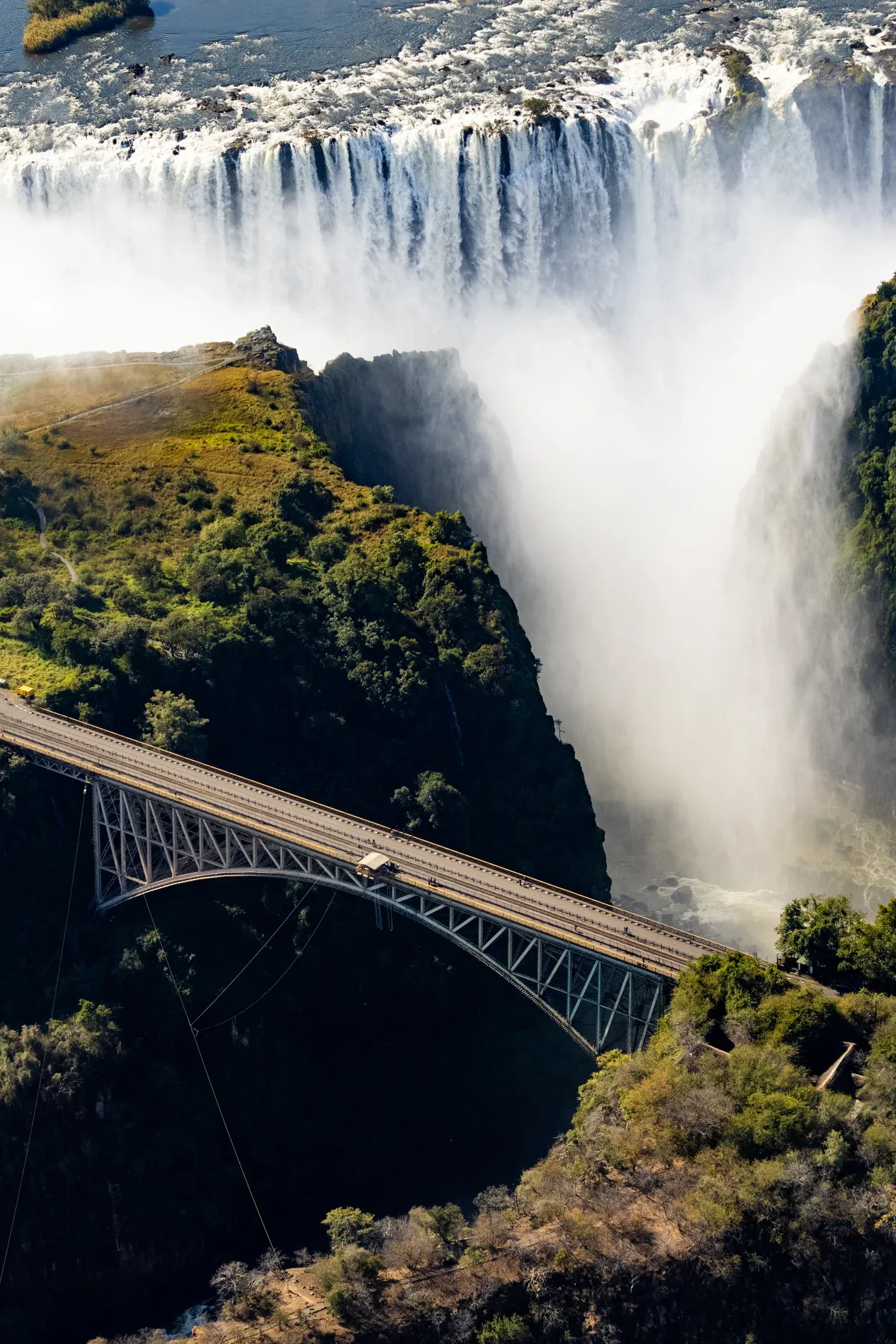
Explore various panoramic viewpoints that highlight the natural grandeur of the area. Or consider a canoe crossing or, for the adventurous, a helicopter flight to capture the dramatic scale from the air.
Day 11: Return to Windhoek
As all good things must come to an end, take a leisurely drive back to Windhoek. Take advantage of these last hours in nature to integrate and rethink the unforgettable memories you'll be taking home with you.
In Windhoek, end your tour with a final evening of relaxation, perhaps savoring the local cuisine to the rhythm of traditional music. Reflect on the profound impact this trip has had on you and the connection you feel with this authentic territory.
Day 12: Departure
It's time to pack up your luggage full of new experiences and head for the airport. Carry with you the serenity acquired during this passage through one of Southern Africa's most magical lands.
Far from the hustle and bustle of routine, a safari in Namibia shows just how much travel can still be an act of pure wonder and discovery. From one point to another on this route, each day brings its share of magnificent sights and unexpected natural rhythms.
Frequently asked questions about travelling to Namibia
When is the best time to visit Namibia?
The best time to explore Namibia is from April to October, during the dry season. During this period, you'll enjoy a mild climate and abundant wildlife around waterholes.
What clothes should I bring on safari?
Opt for lightweight clothing in neutral colors that blend in with the surroundings. Also pack a hat, sunglasses and a few warm layers for chilly desert nights.
How easy is it to rent a car in Namibia?
Yes, it's relatively easy to rent a car in Namibia, especially in Windhoek. An off-road vehicle is highly recommended for exploring the sometimes rough roads outside the major towns.
What documents do I need to enter Namibia?
A valid passport with at least six months' validity remaining is required. Depending on your nationality, you may need a tourist visaWe advise you to check with the authorities before you leave.



